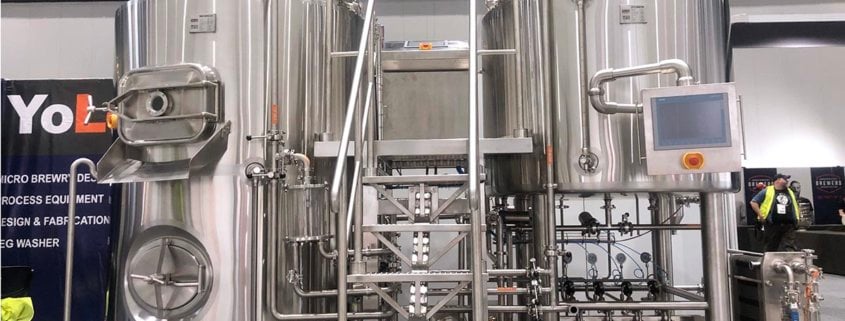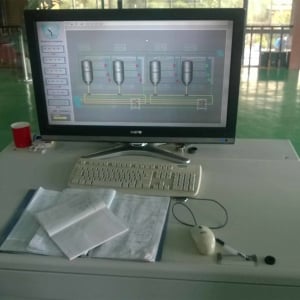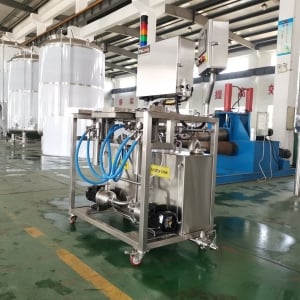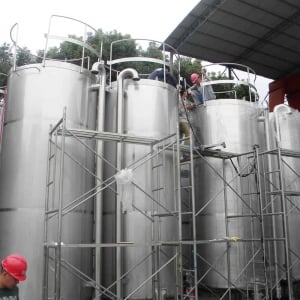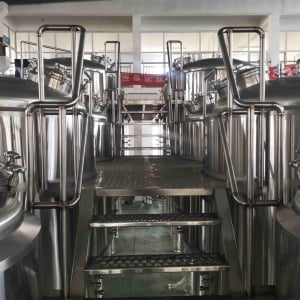What You Need to Know Before Investing in a 10bbl Brewing System
If you’re thinking about investing in a 10bbl brewing system, there are a few key things you need to know. This type of system can be a significant investment, and it’s important to do your research and make an informed decision. In this post, we’ll cover some of the most important factors to consider before taking the plunge. From cost considerations and space requirements to production capacity and quality control, we’ll give you a comprehensive overview of what it takes to run a successful brewery with a 10bbl system. So, grab a cold one and read on to learn everything you need to know before investing in a 10bbl brewing system.
Introduction to 10bbl Brewing Systems
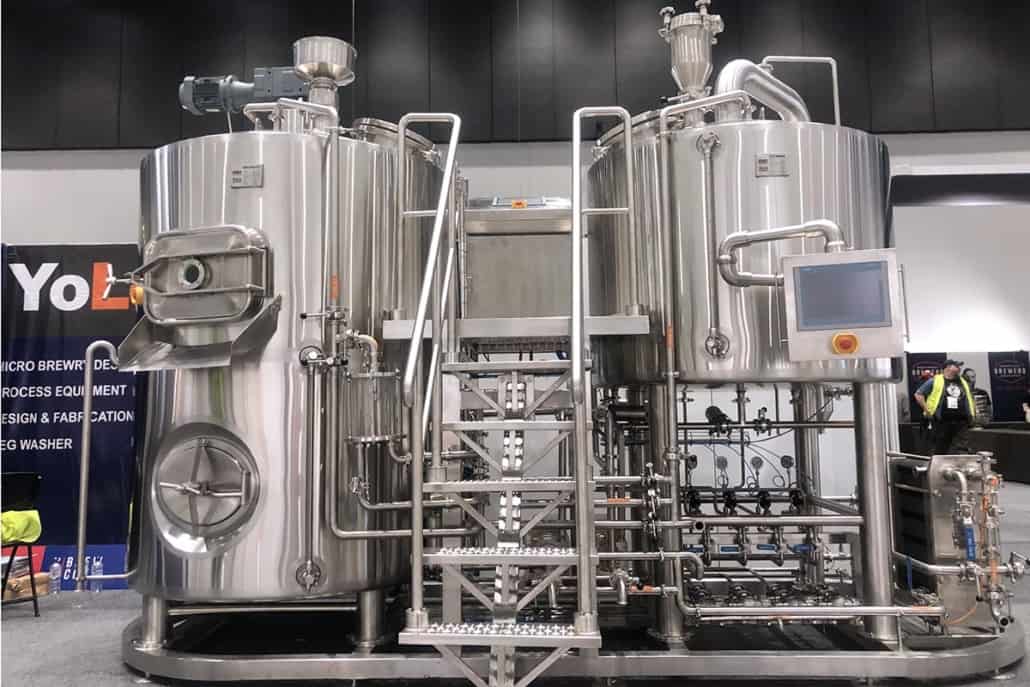
Craft beer has exploded in popularity over the past decade, leading to a rise in the number of small and medium-sized breweries. One of the most critical components of any brewery is the brewing system, and a 10bbl system has become a popular choice for many.
A 10bbl brewing system is a commercial-grade brewing setup that can produce ten barrels of beer per batch. For reference, a barrel of beer is equivalent to 31 US gallons, or roughly two full-size kegs. This size of the brewing system is an excellent choice for smaller breweries as it allows for a significant volume of beer to be produced without taking up too much space.
A typical 10bbl brewing system consists of several key components, including a mash tun, brew kettle, hot liquor tank, and fermentation tanks. The mash tun is where the grains are mixed with hot water to begin the process of converting starches into fermentable sugars. The brew kettle is where the hops are added and the wort is boiled. The hot liquor tank holds the hot water used in the brewing process, while fermentation tanks are where the beer is fermented and aged.
In summary, a 10bbl brewing system is a popular choice for small to medium-sized breweries due to its production capacity and efficient use of space. The system consists of several critical components, each playing a crucial role in the brewing process.
Cost Considerations
Investing in a 10bbl brewing system can be a significant financial commitment, and it’s essential to consider all the costs involved. The initial cost of a 10bbl system can vary greatly, depending on factors such as the manufacturer, the level of automation, and the type of material used.
Beyond the initial purchase price, there are ongoing expenses to consider, such as utilities, maintenance, and raw materials. Brewing requires a significant amount of energy, and utilities can be a substantial expense. Maintenance costs can include regular cleaning, equipment repairs, and upgrades. Raw materials, such as hops, yeast, and grains, are necessary for brewing and can be a significant ongoing expense.
Financing options can help to manage the initial cost of a 10bbl brewing system. Many manufacturers offer financing programs, which can help spread the cost over time. Leasing is another option to consider, which can provide flexibility in upgrading or replacing equipment. Proper cash flow management is also crucial to the success of a brewery. Strategies such as careful budgeting, effective inventory management, and accurate forecasting can help ensure that the business remains financially stable.
In conclusion, investing in a 10bbl brewing system involves significant financial considerations. It’s essential to be aware of all the costs involved, including the initial purchase price, ongoing expenses, and financing options. Effective cash flow management is also critical to the success of the brewery.
Space Requirements
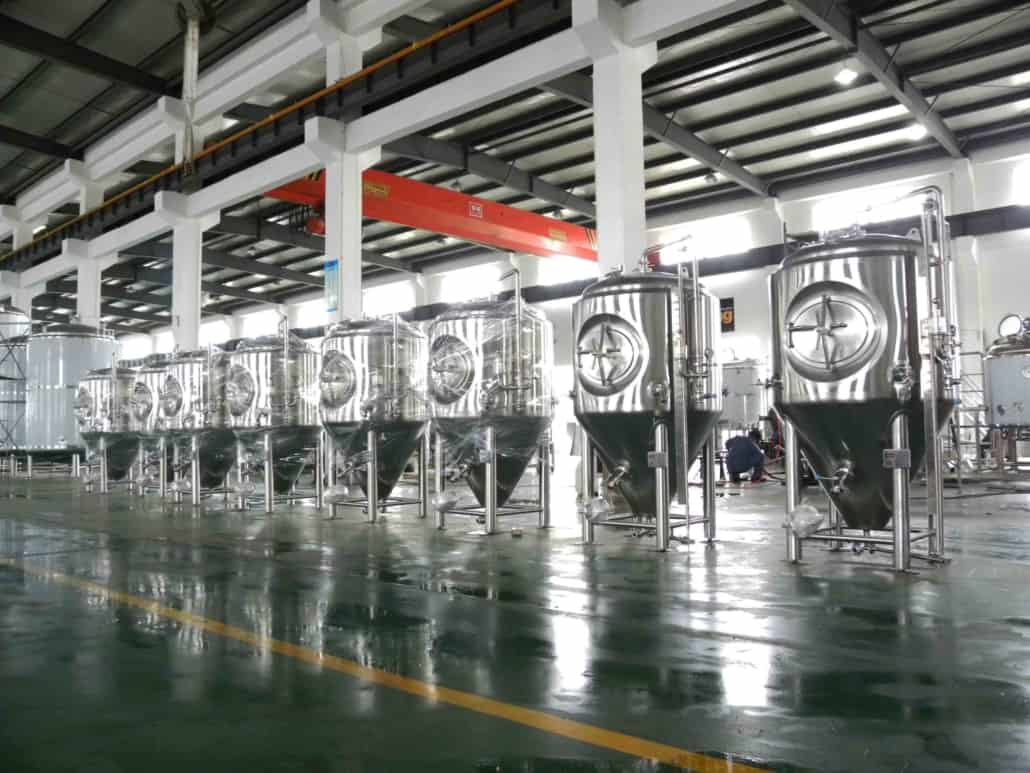
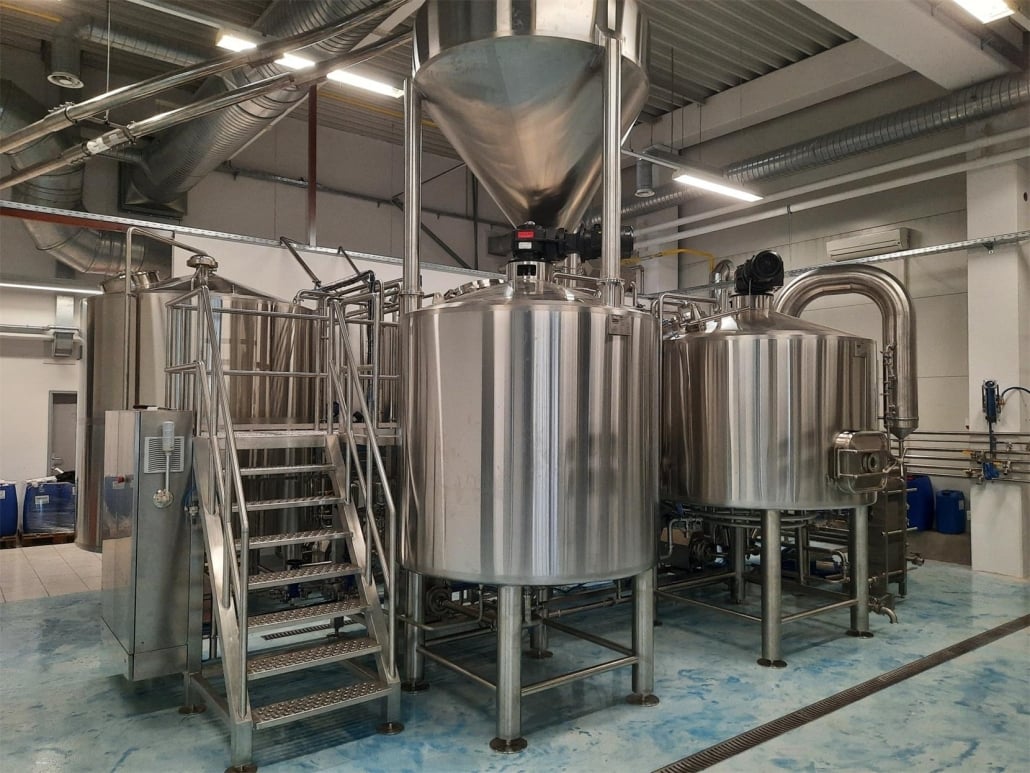
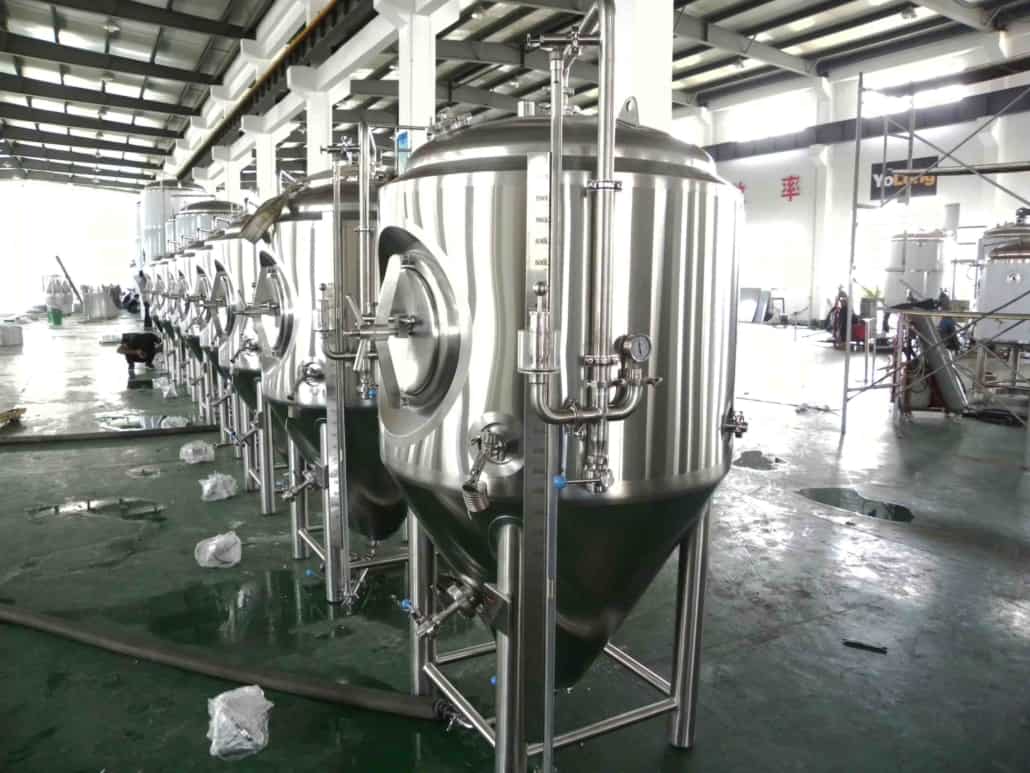
When investing in a 10bbl brewing system, space is a crucial consideration. These systems can take up a lot of room, and it’s essential to ensure that your facility can accommodate the necessary equipment.
The minimum space requirements for a 10bbl brewing system can vary depending on the manufacturer, but typically, you’ll need at least 1,500 to 2,000 square feet of space. This includes space for the brewing equipment, fermentation tanks, storage, and a taproom if you plan to have one. It’s also important to consider ceiling height, as some components of the brewing system, such as the brew kettle, can be quite tall.
Ventilation is another critical factor to consider. Brewing generates a significant amount of steam and carbon dioxide, which can be hazardous if not adequately ventilated. A ventilation system that can effectively remove these byproducts is essential to maintaining a safe working environment.
It’s worth noting that investing in a 10bbl brewing system can require significant modifications to your facility. This can include adding electrical and plumbing infrastructure, upgrading ventilation systems, and reinforcing floors to support the weight of the equipment. It’s important to factor these costs into your budget when considering the space requirements of a 10bbl brewing system.
In conclusion, a 10bbl brewing system requires a significant amount of space, and it’s important to ensure that your facility can accommodate the necessary equipment. Minimum space requirements, ceiling height, and ventilation are all critical factors to consider when investing in a 10bbl system. Modifying your facility may also be necessary, and it’s essential to budget for these additional costs.
Production Capacity
One of the primary advantages of a 10bbl brewing system is its production capacity. This size of the system can produce ten barrels of beer per batch, which is equivalent to 310 gallons or roughly 20 full-size kegs.
The production capacity of a 10bbl brewing system can vary depending on several factors, such as the efficiency of the brewing process and the number of fermentation tanks. With a standard brewing schedule, a 10bbl system can produce approximately 1,000 to 1,200 barrels of beer per year.
Maximizing production efficiency is crucial for breweries using a 10bbl system. Strategies such as careful planning, proper scheduling, and regular maintenance can help reduce downtime and increase the volume of beer produced. Implementing a quality control program is also important to ensure consistency in the brewing process.
In terms of sales revenue, the production capacity of a 10bbl brewing system can translate into a significant amount of beer sold. For example, if a brewery sells its beer at $6 per pint, a 10bbl batch of beer can generate approximately $18,720 in revenue. As such, investing in a 10bbl brewing system can be a smart financial decision for breweries looking to increase their production capacity and revenue.
In summary, a 10bbl brewing system’s production capacity is a significant advantage for small to medium-sized breweries. Understanding the volume of beer produced per batch and per year is crucial for financial planning and revenue projections. Maximizing production efficiency is also essential for breweries using a 10bbl system.
Quality Control
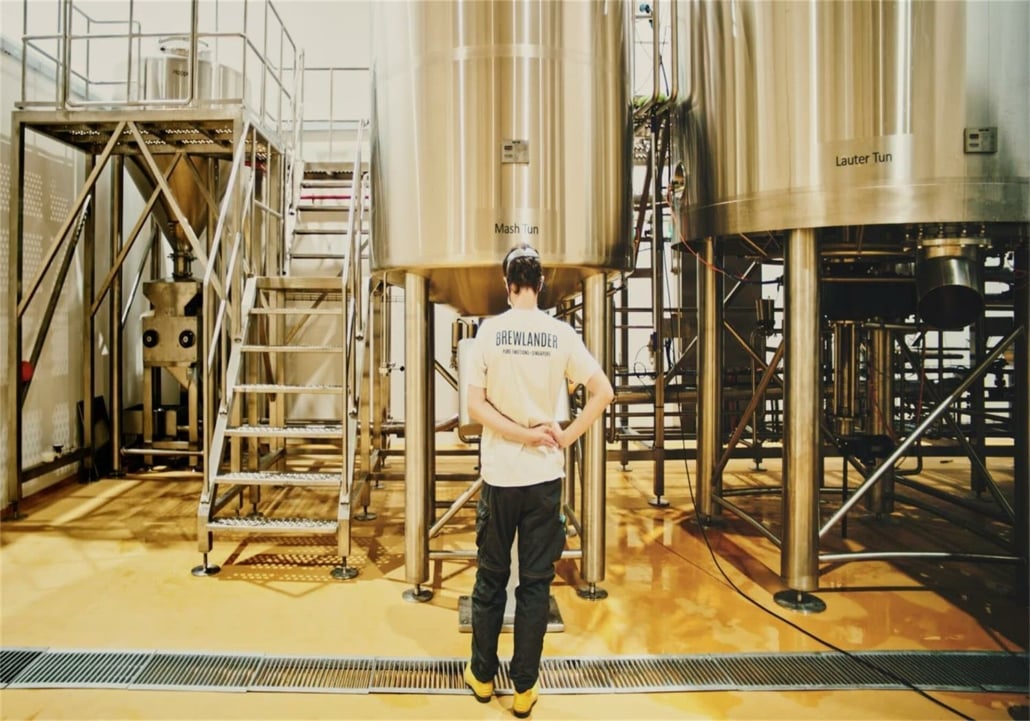
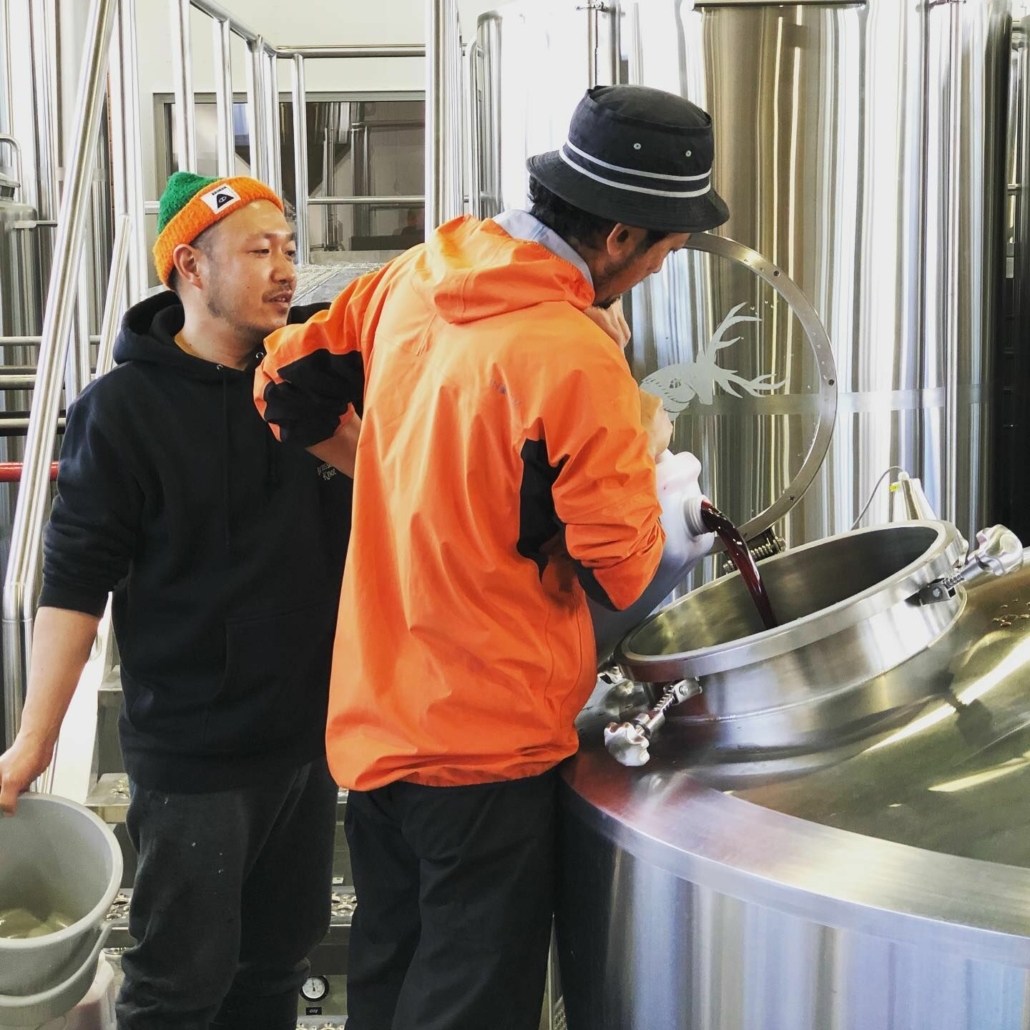
Maintaining consistent quality is critical for any brewery, and a 10bbl brewing system presents unique challenges in this regard. The larger volume of beer produced can make it more difficult to maintain consistent flavor, aroma, and appearance.
Implementing a quality control program is essential for breweries using a 10bbl system. Best practices for quality control include regular testing and monitoring of the beer throughout the brewing process. This can include checking the gravity and pH levels of the wort and monitoring the fermentation process for temperature and pressure.
Once the beer is ready for packaging, additional quality control measures should be taken. This can include testing for carbonation levels, checking for off-flavors or aromas, and ensuring that the beer meets the desired color and clarity.
Investing in quality equipment is also essential for maintaining consistent quality in a 10bbl system. This includes using high-quality raw materials, investing in quality fermentation tanks, and ensuring that all equipment is cleaned and sanitized regularly.
In summary, maintaining consistent quality is crucial for breweries using a 10bbl system. Implementing a quality control program, including regular testing and monitoring throughout the brewing process, is essential. Investing in quality equipment and using high-quality raw materials can also help maintain consistent quality in a 10bbl brewing system.
Marketing and Sales
Marketing and selling your beer is a critical component of running a successful brewery with a 10bbl system. With so many craft breweries in the market, it’s essential to stand out from the crowd and target your ideal customer base.
One of the first steps in marketing your beer is building a strong brand. This includes developing a unique brand identity, creating a memorable logo, and establishing a consistent voice across all marketing channels. Building a strong social media presence and engaging with customers is also crucial for building brand loyalty.
Targeting your ideal customer base is another critical strategy for marketing and selling your beer. This can include identifying key demographics, such as age, income, and location, and tailoring your marketing messages to appeal to those demographics. Hosting events and tastings can also be a great way to attract new customers and build brand awareness.
Navigating the competitive craft beer market can be challenging, but there are several strategies that can help. These include partnering with local businesses, participating in beer festivals and competitions, and developing unique and innovative beer styles.
In conclusion, marketing and selling your beer is a crucial component of running a successful brewery with a 10bbl system. Building a strong brand, targeting your ideal customer base, and navigating the competitive craft beer market are all essential strategies for success. By implementing these strategies and staying focused on quality and consistency, your brewery can thrive in the ever-growing craft beer industry.
End
Thank you for reading this blog about 10bbl brewing systems. If you’re looking for a high-quality, durable, and easy-to-use 10bbl brewing system, we recommend the brewing equipment brand Yolong Brewtech. Yolong brewing equipment has a good reputation in the market, and their products’ quality and reliability have stood the test of time. To learn more, visit our product page and browse our brewing system products.

